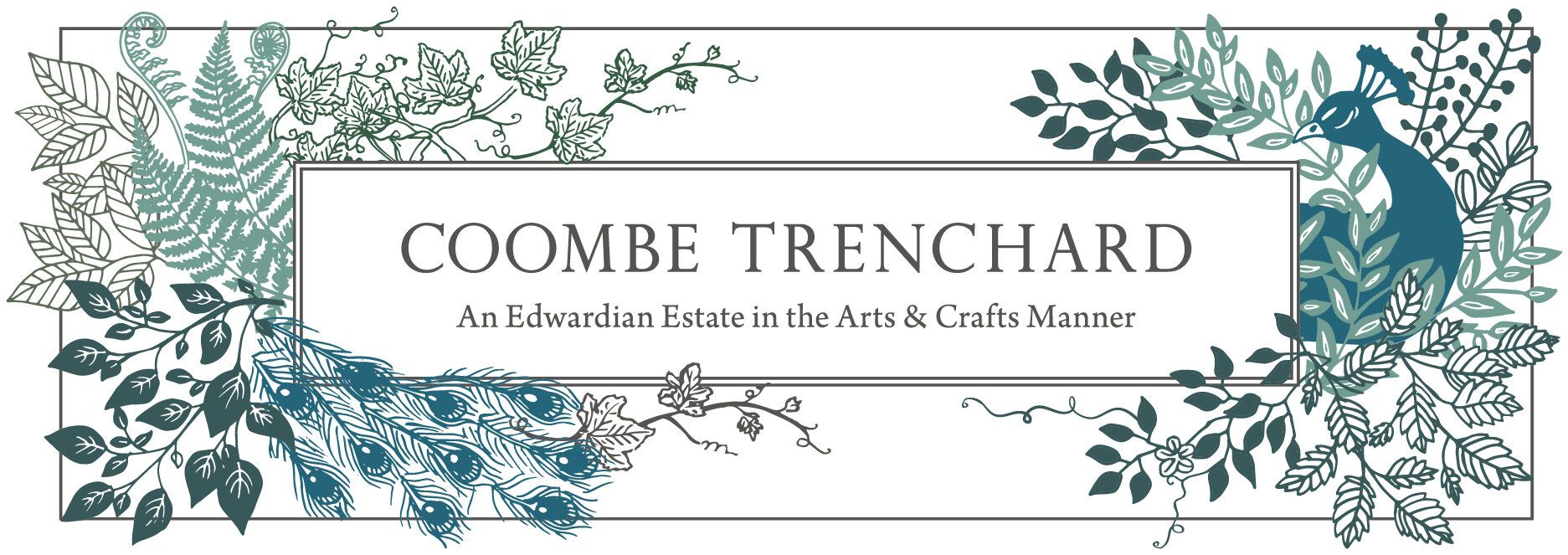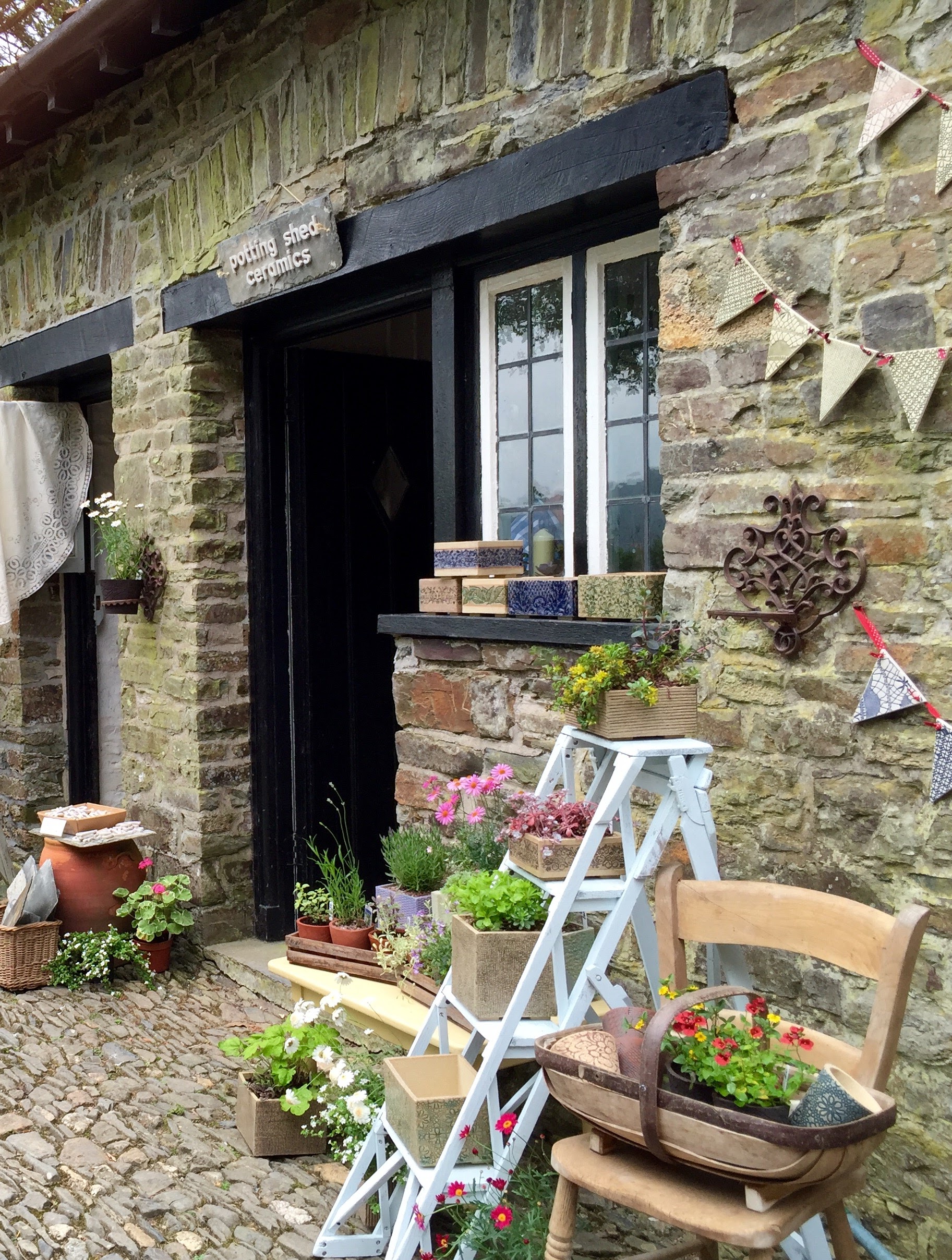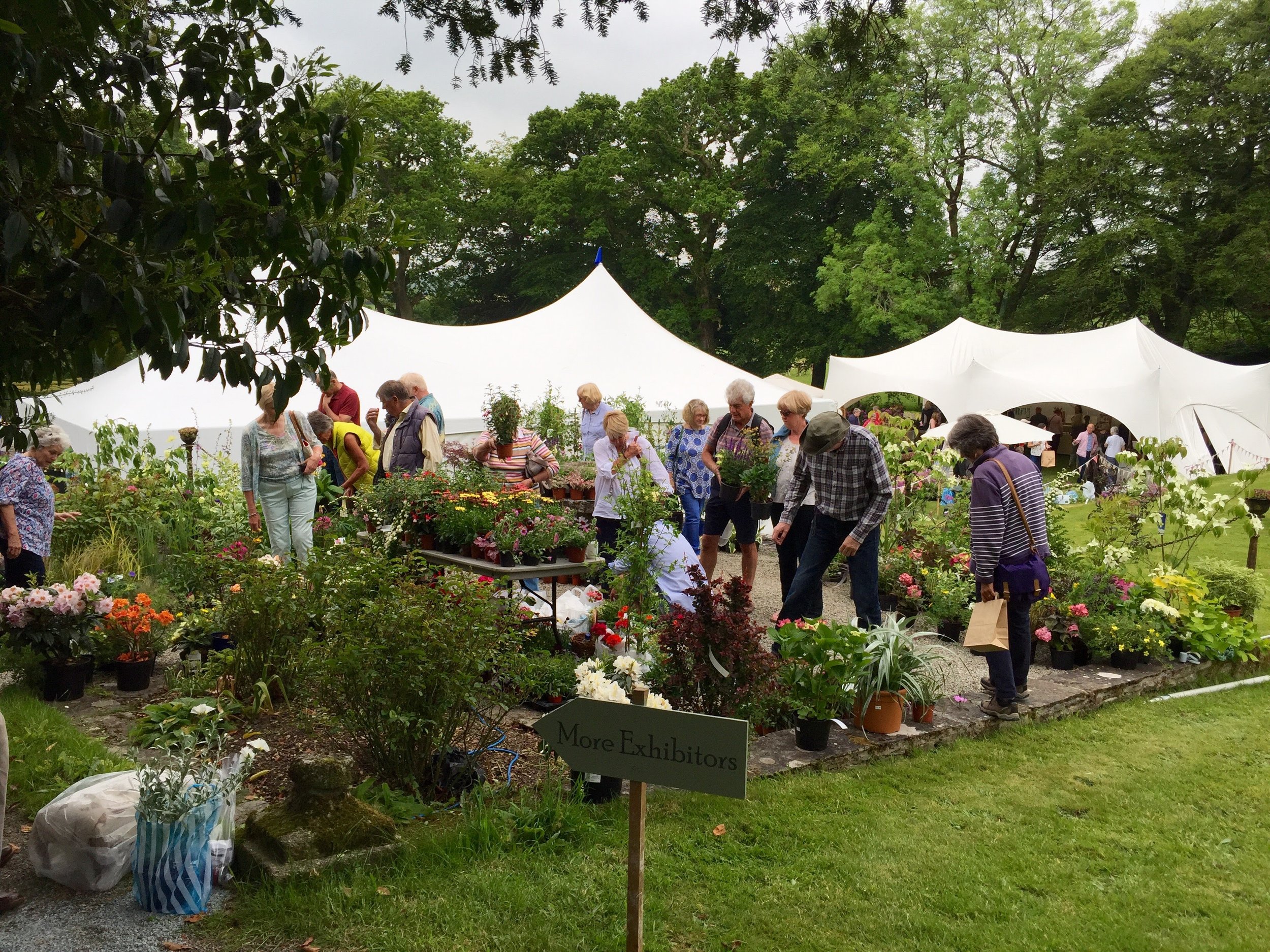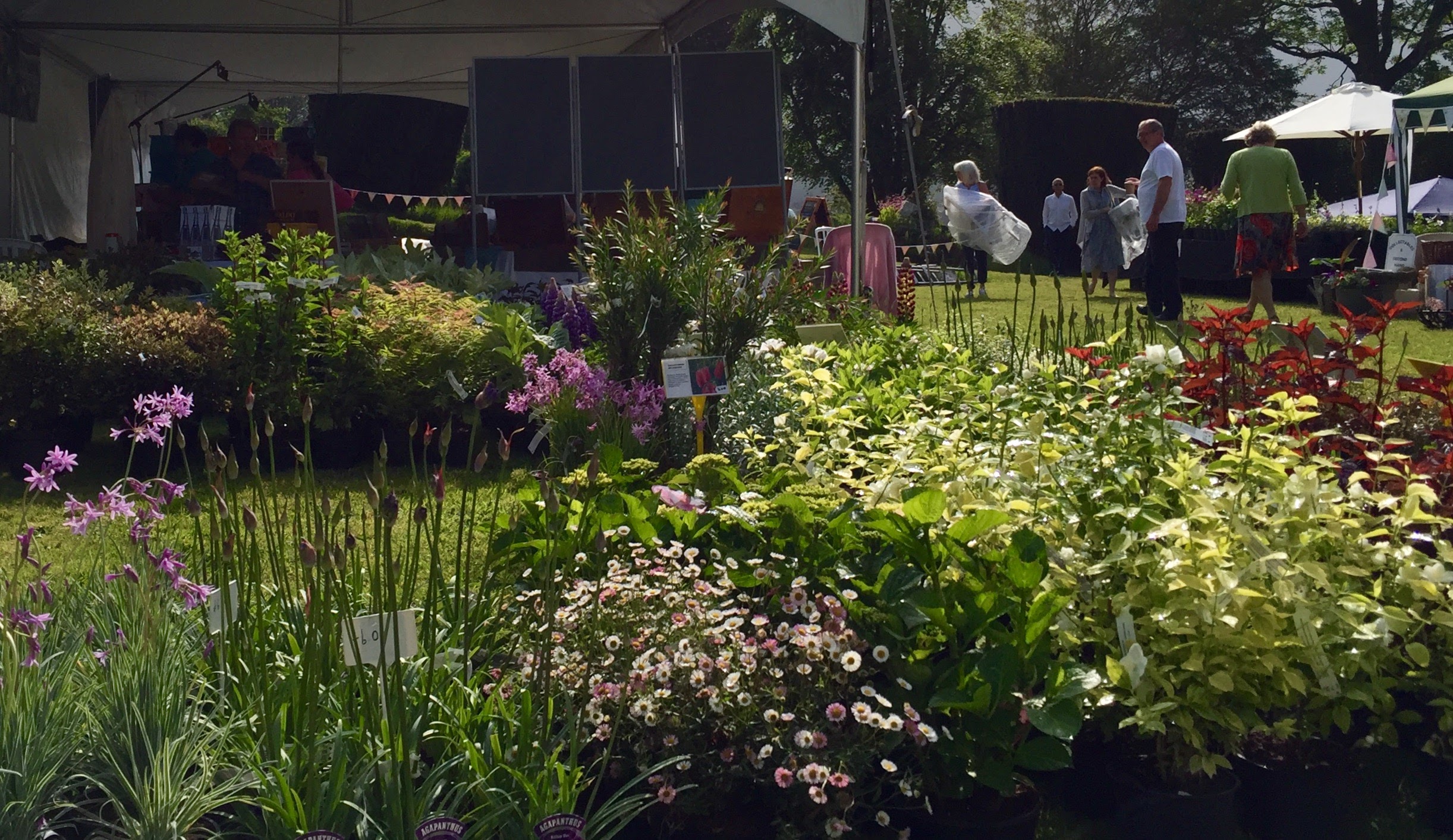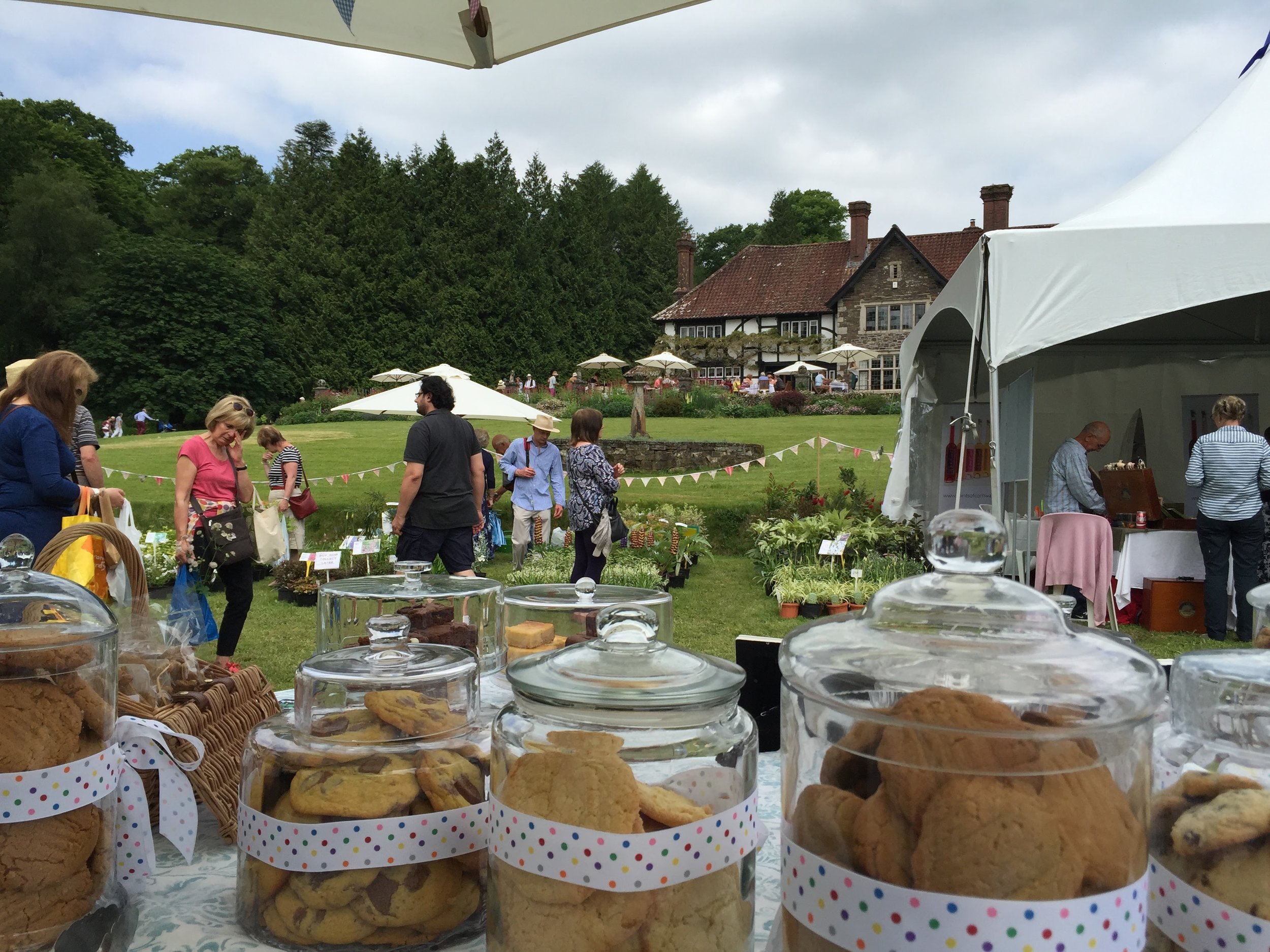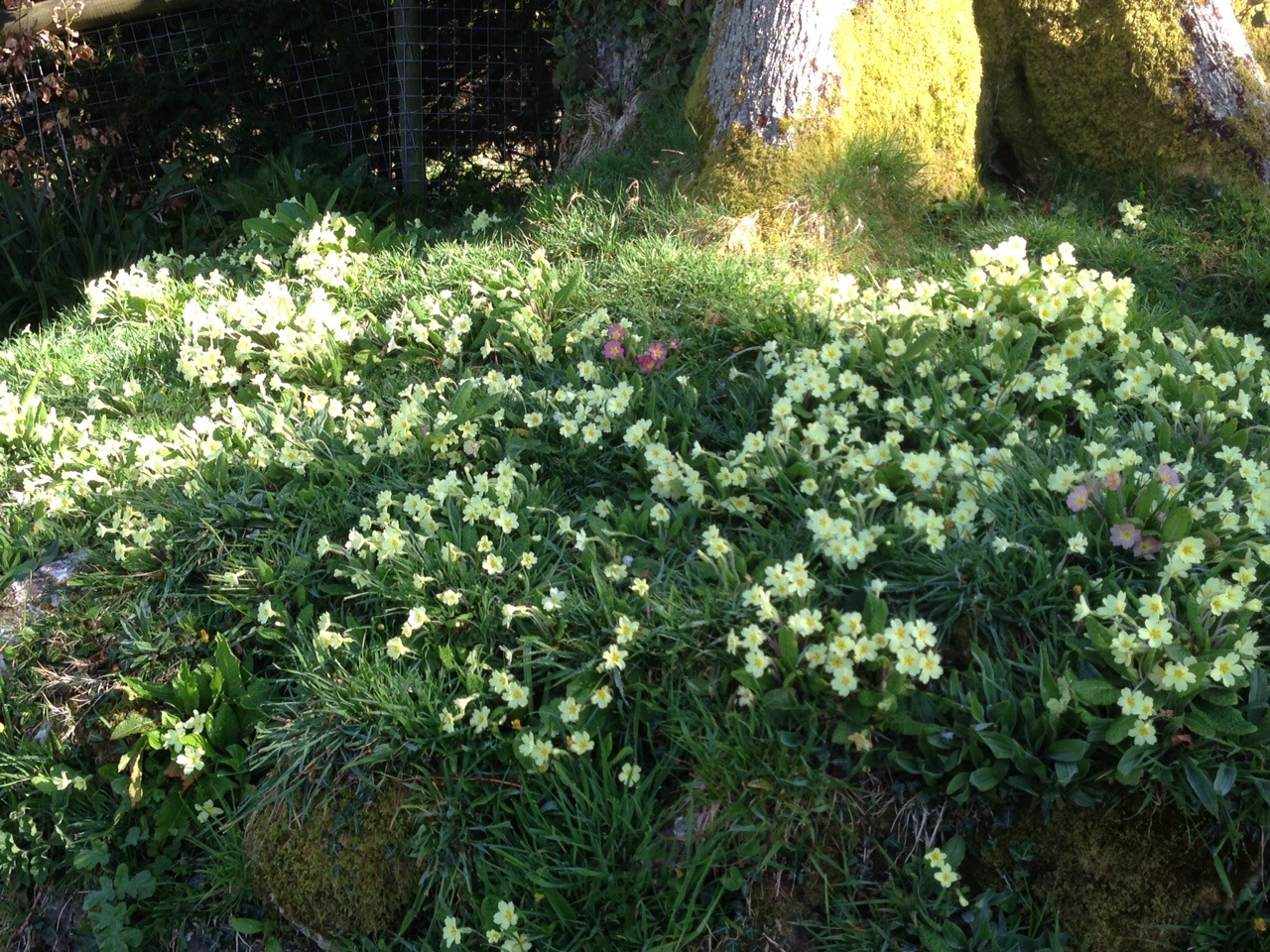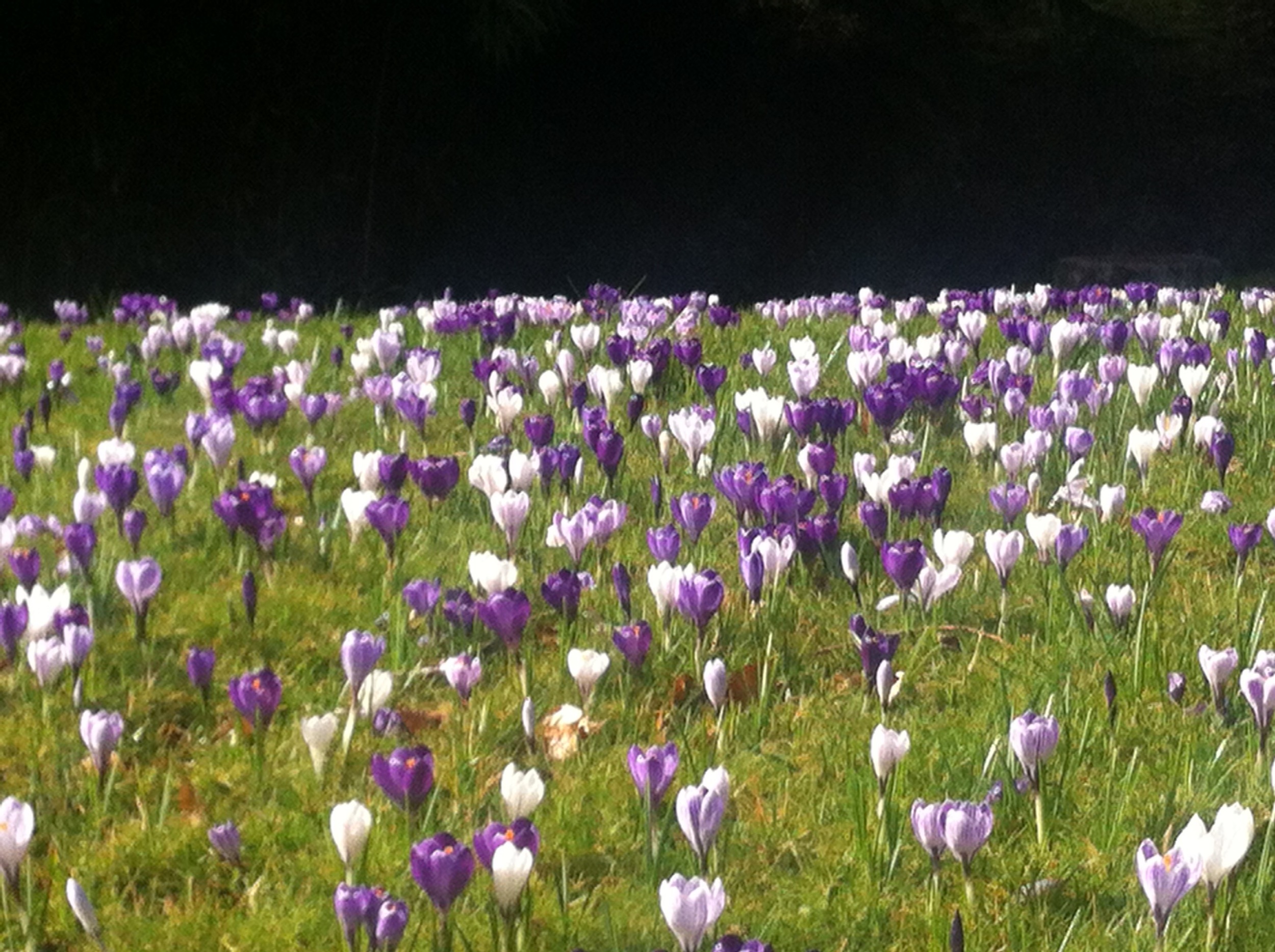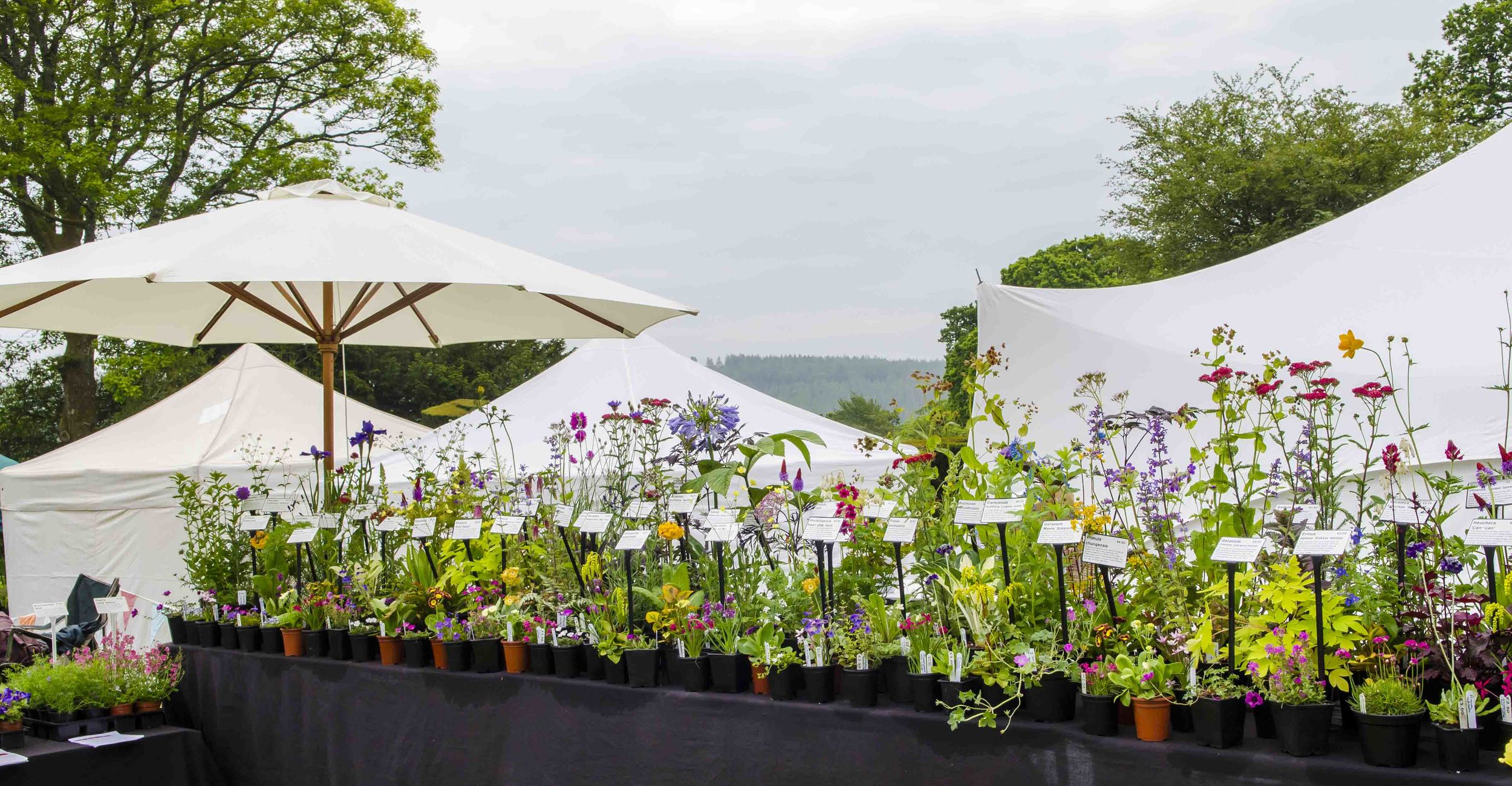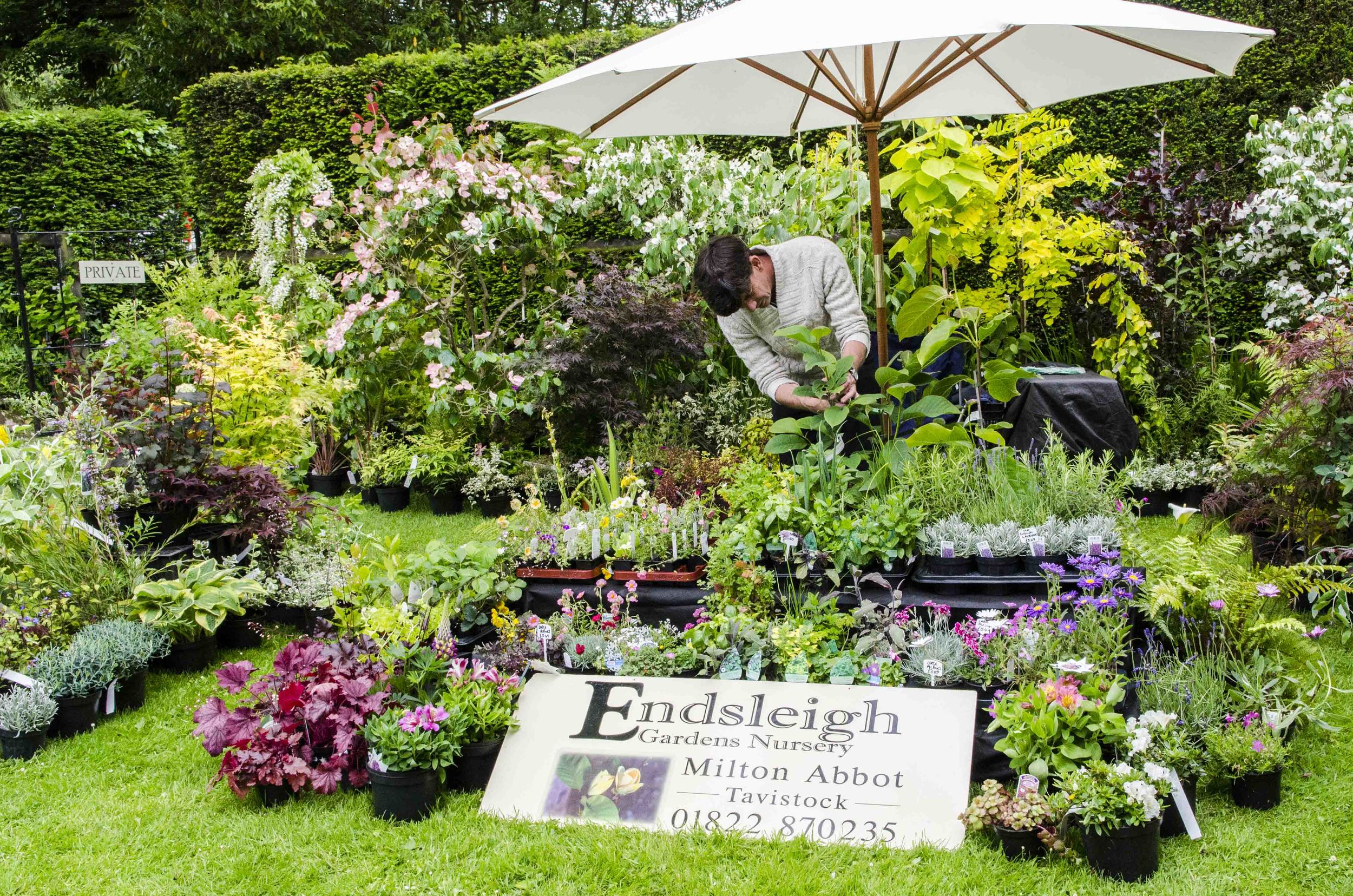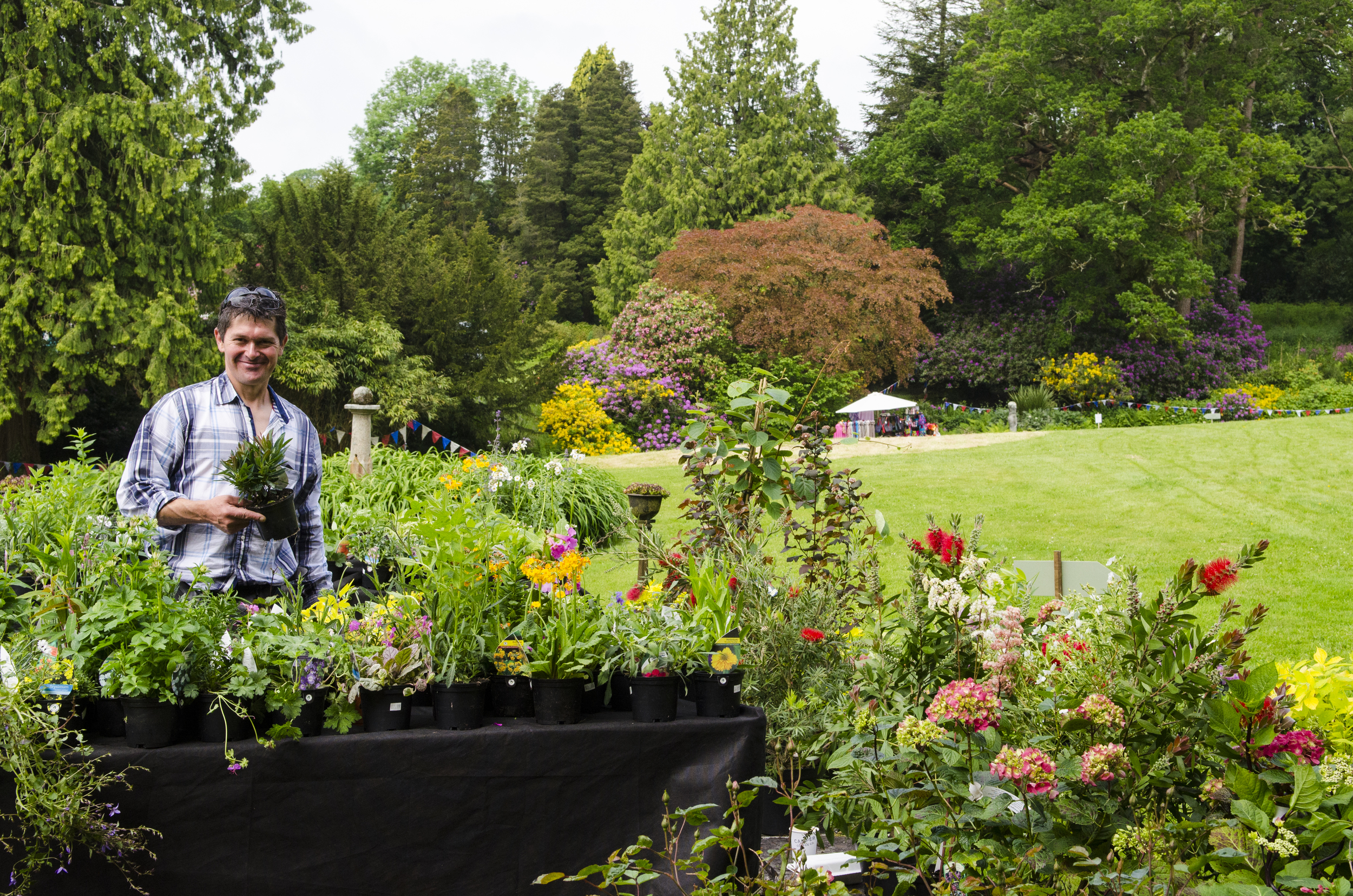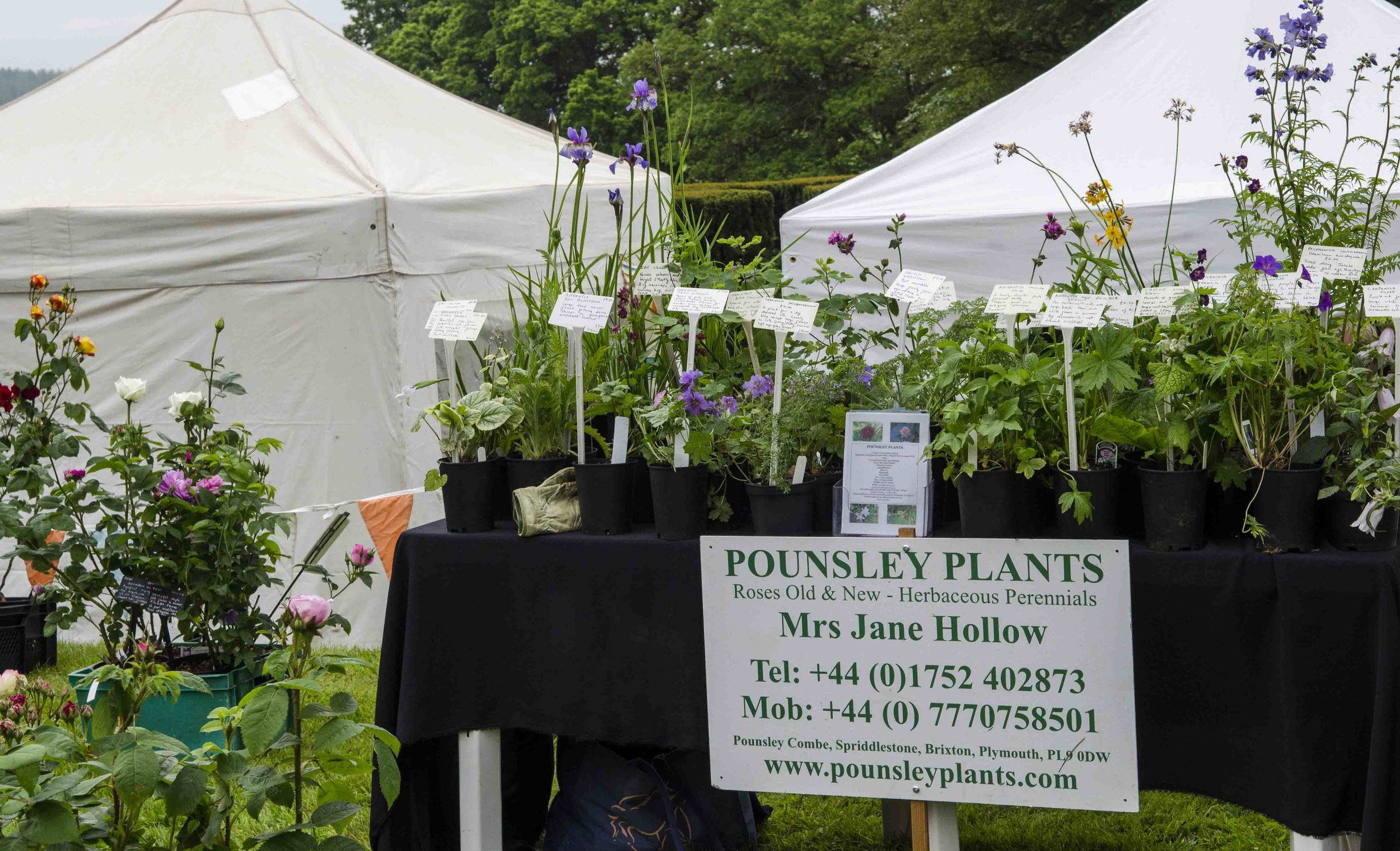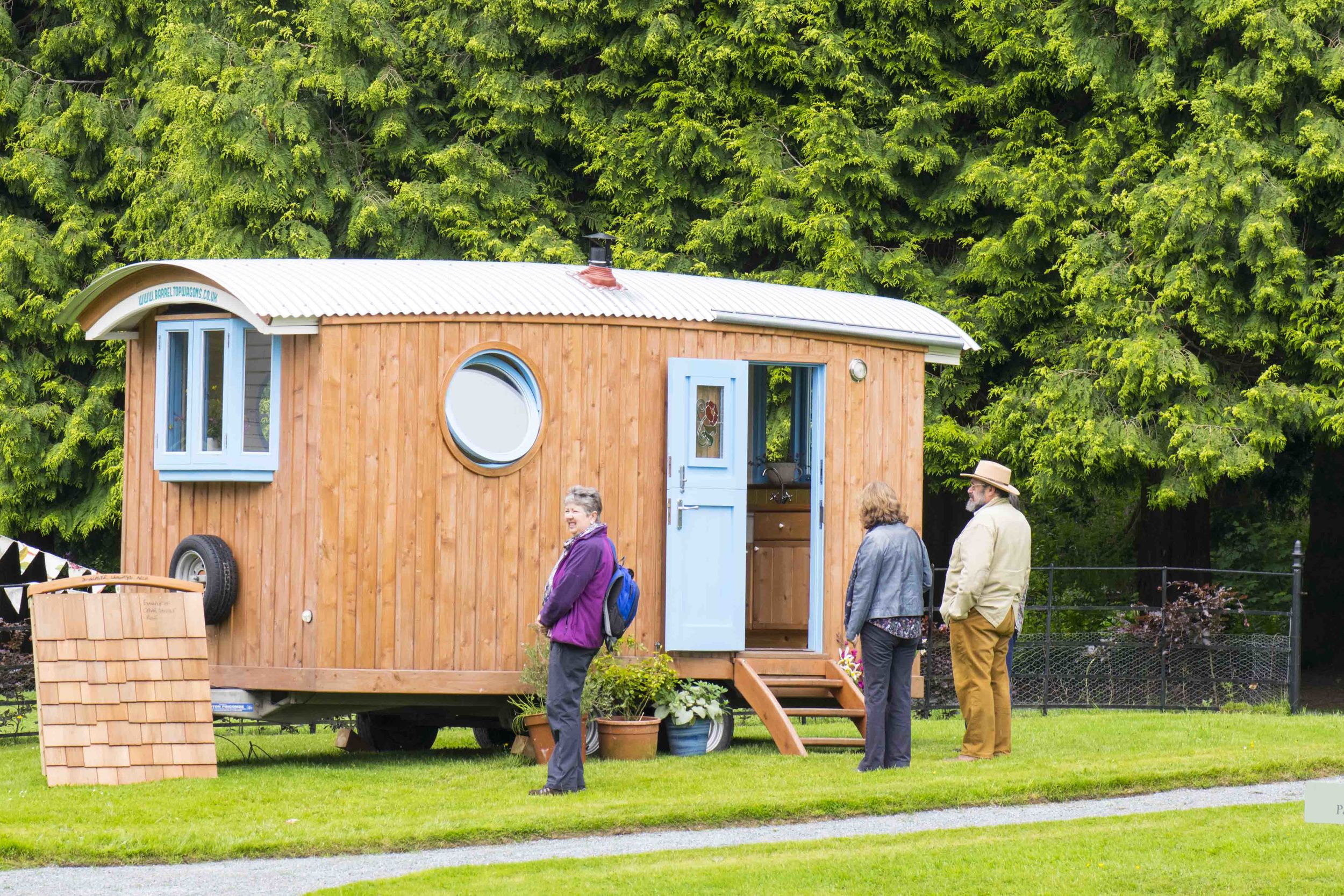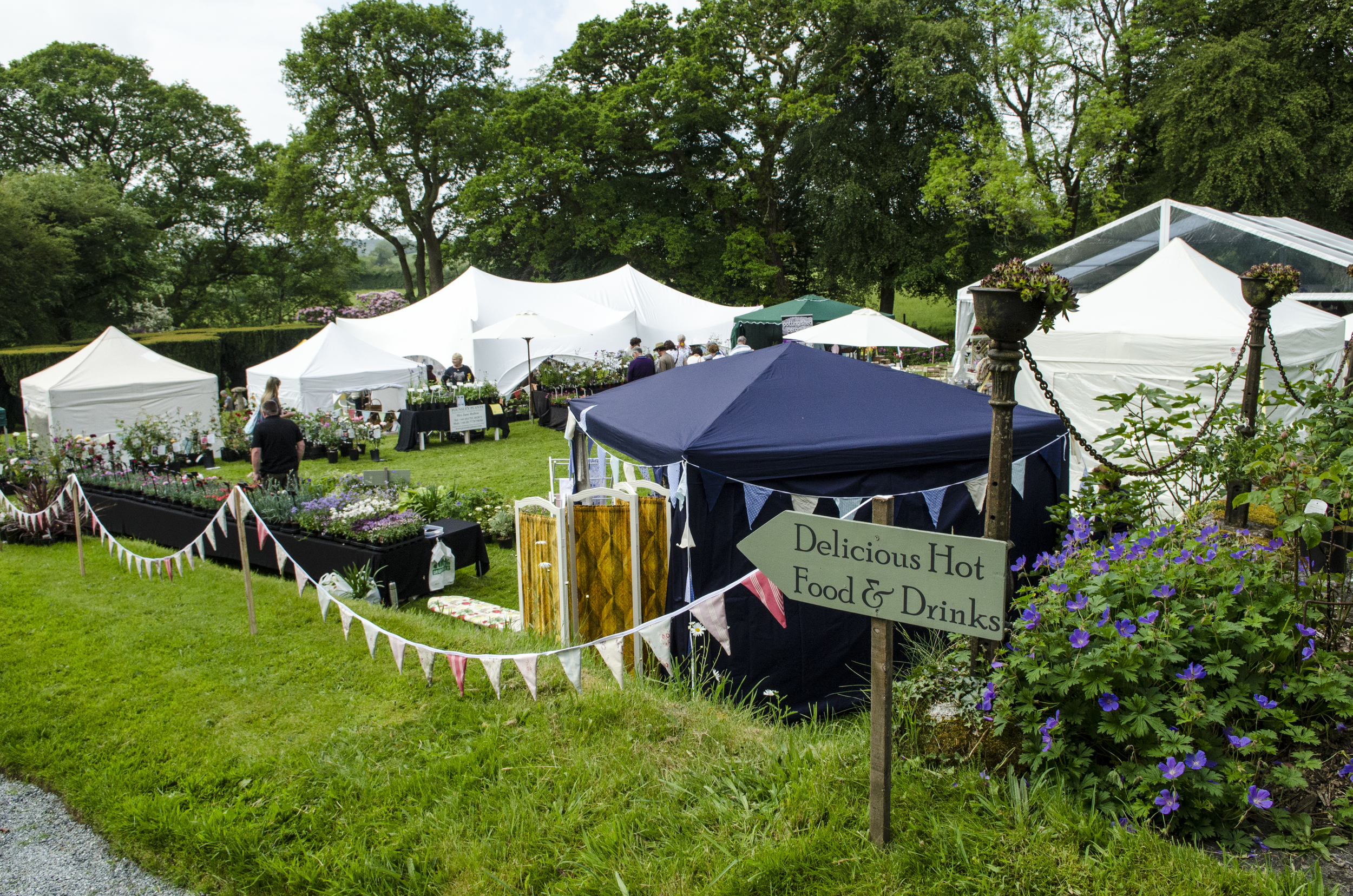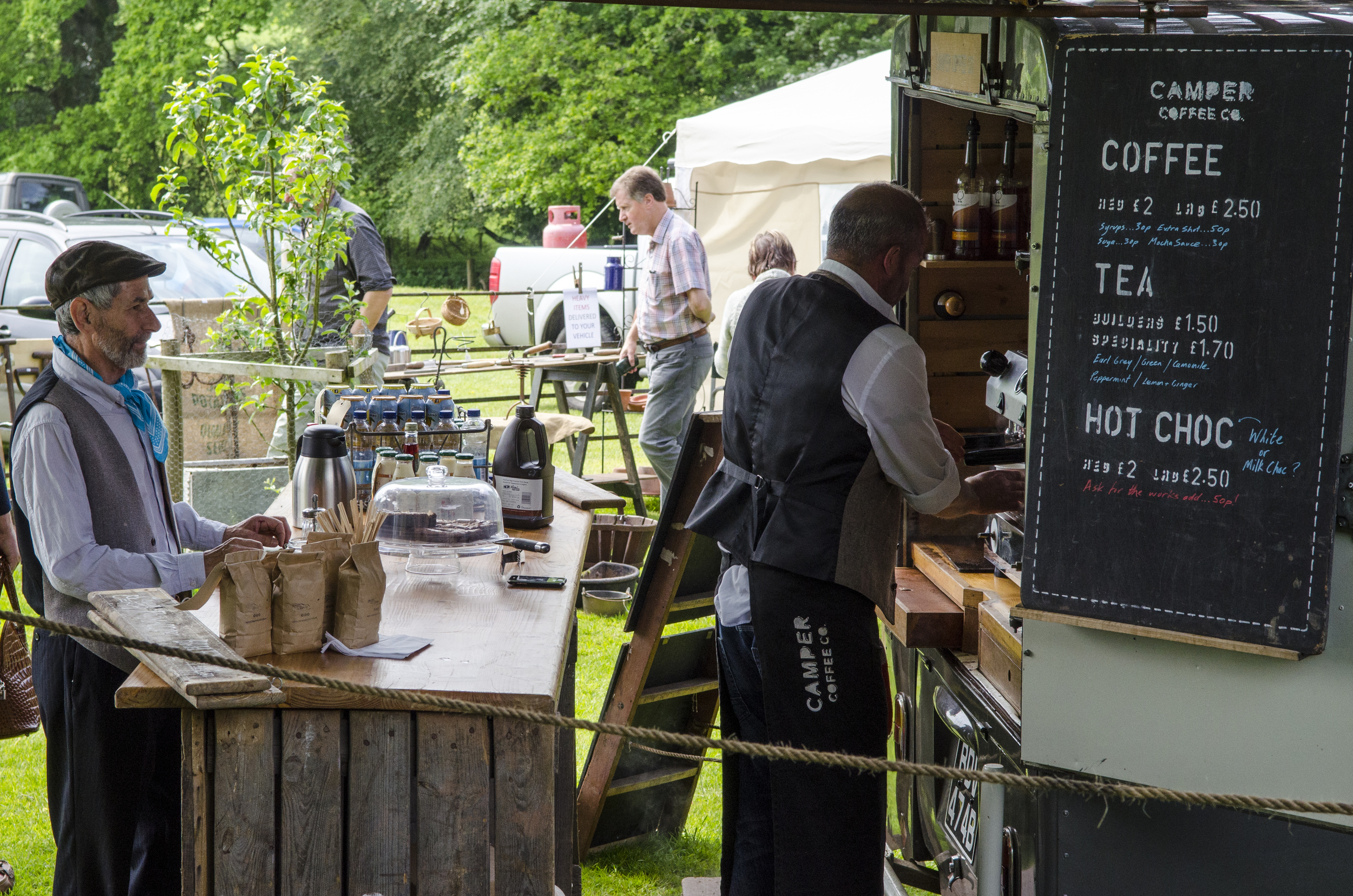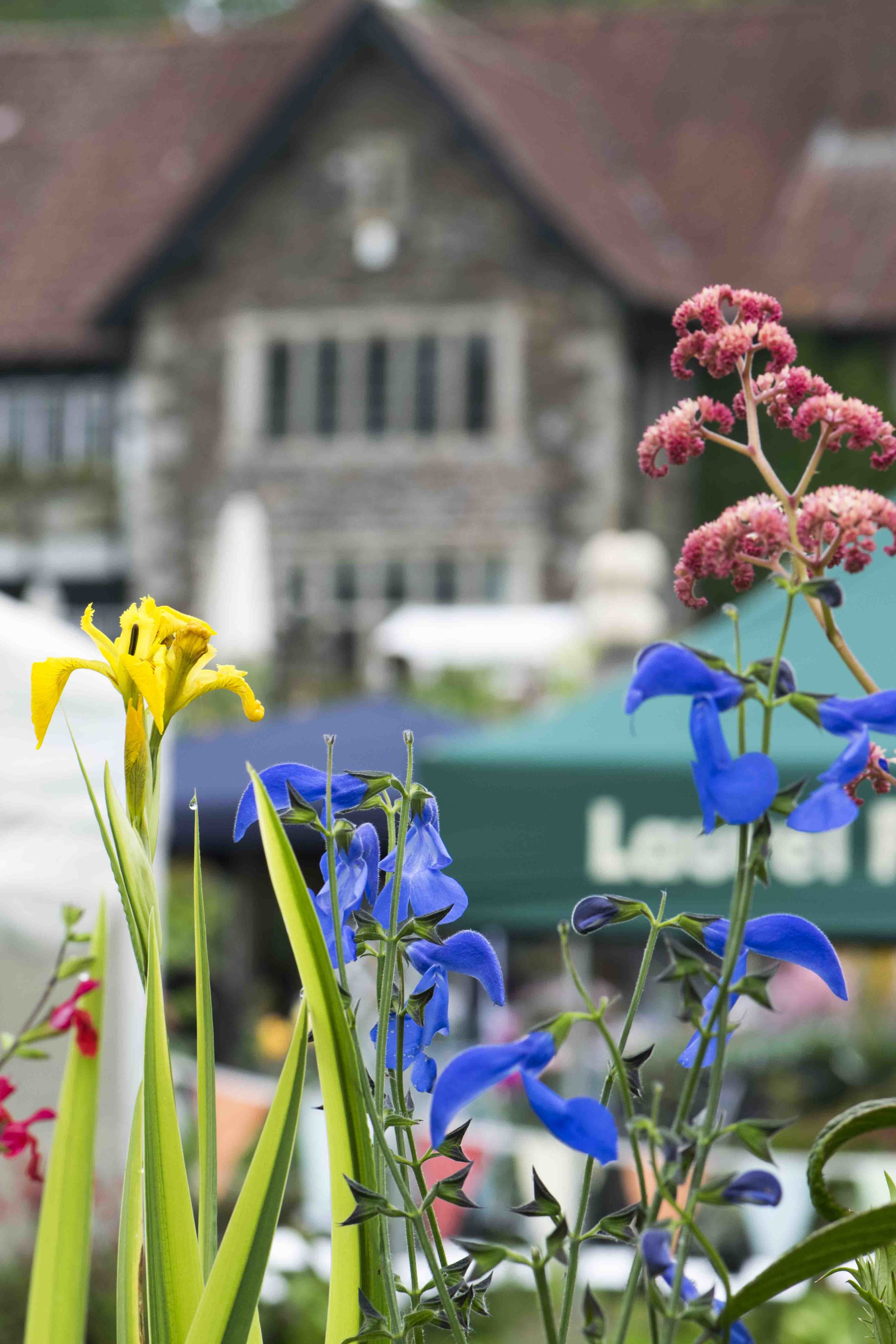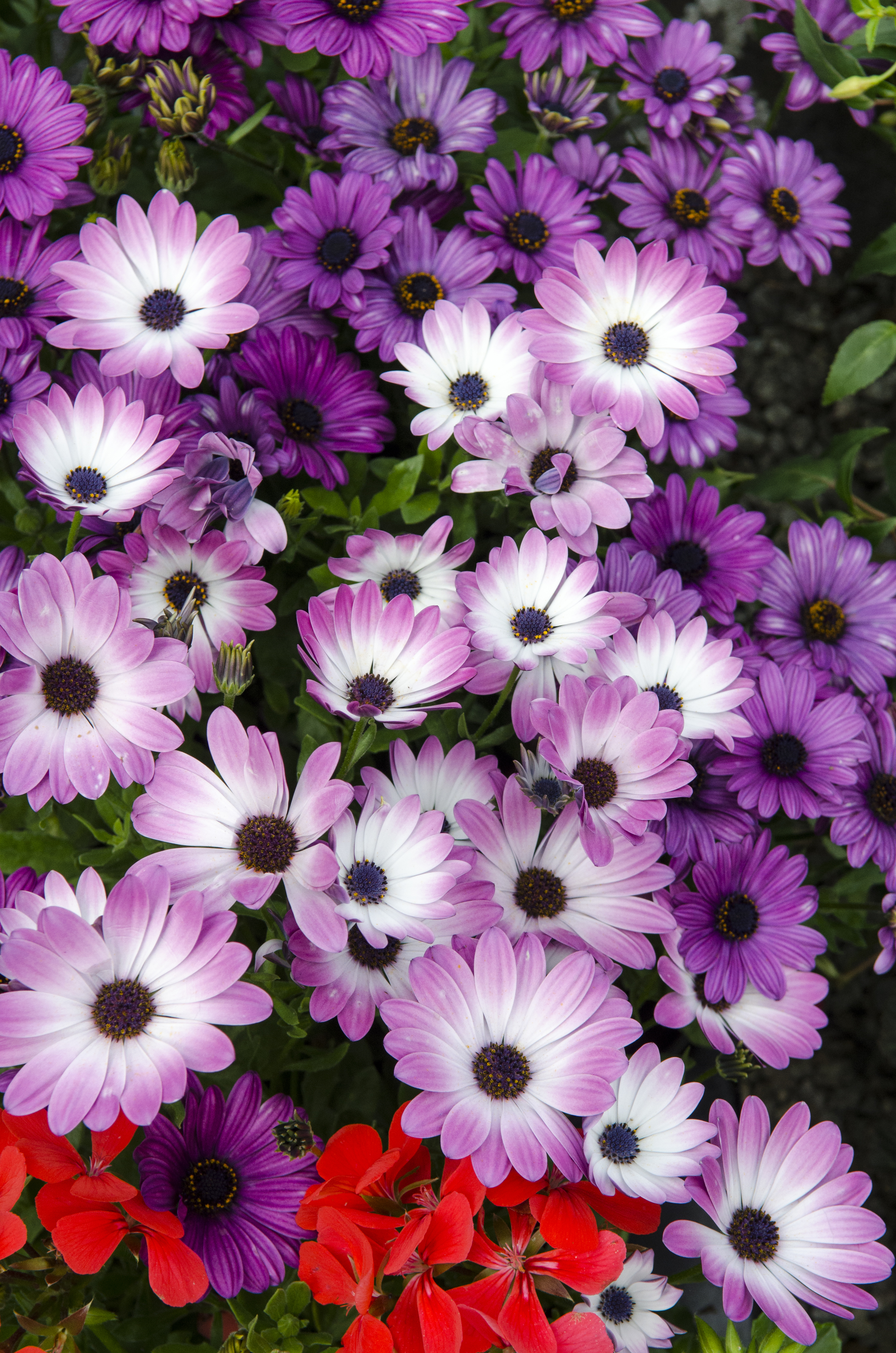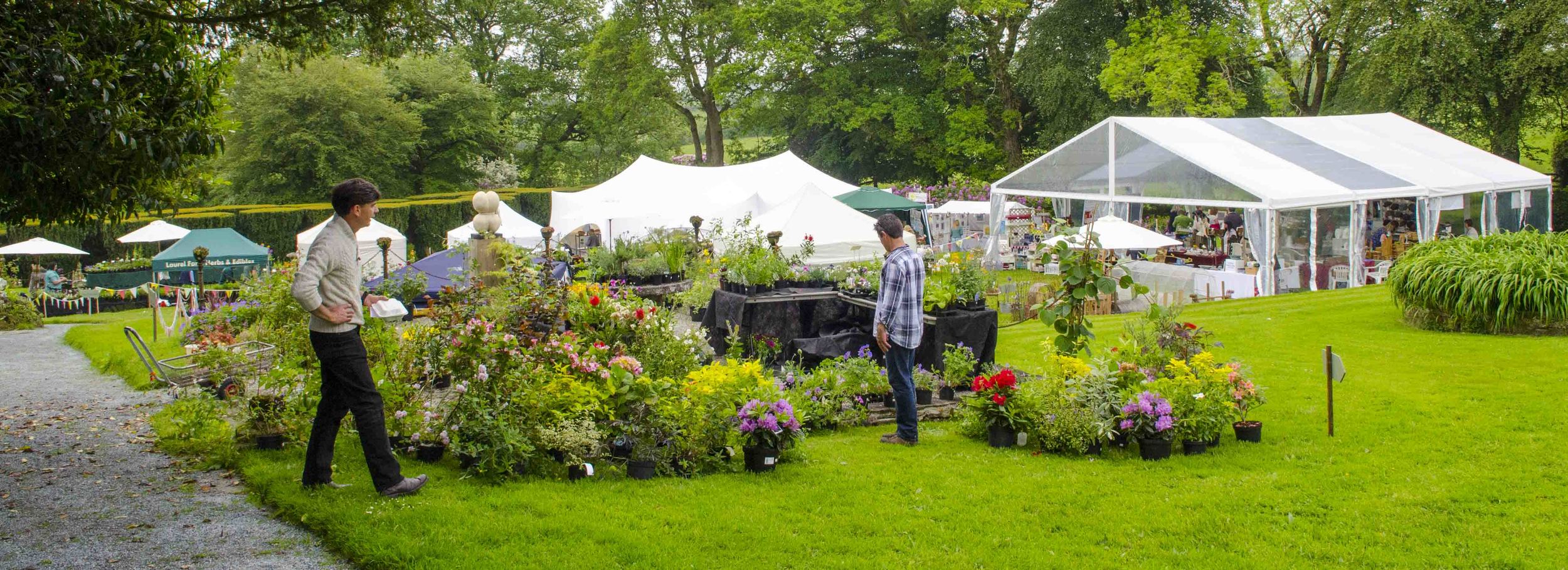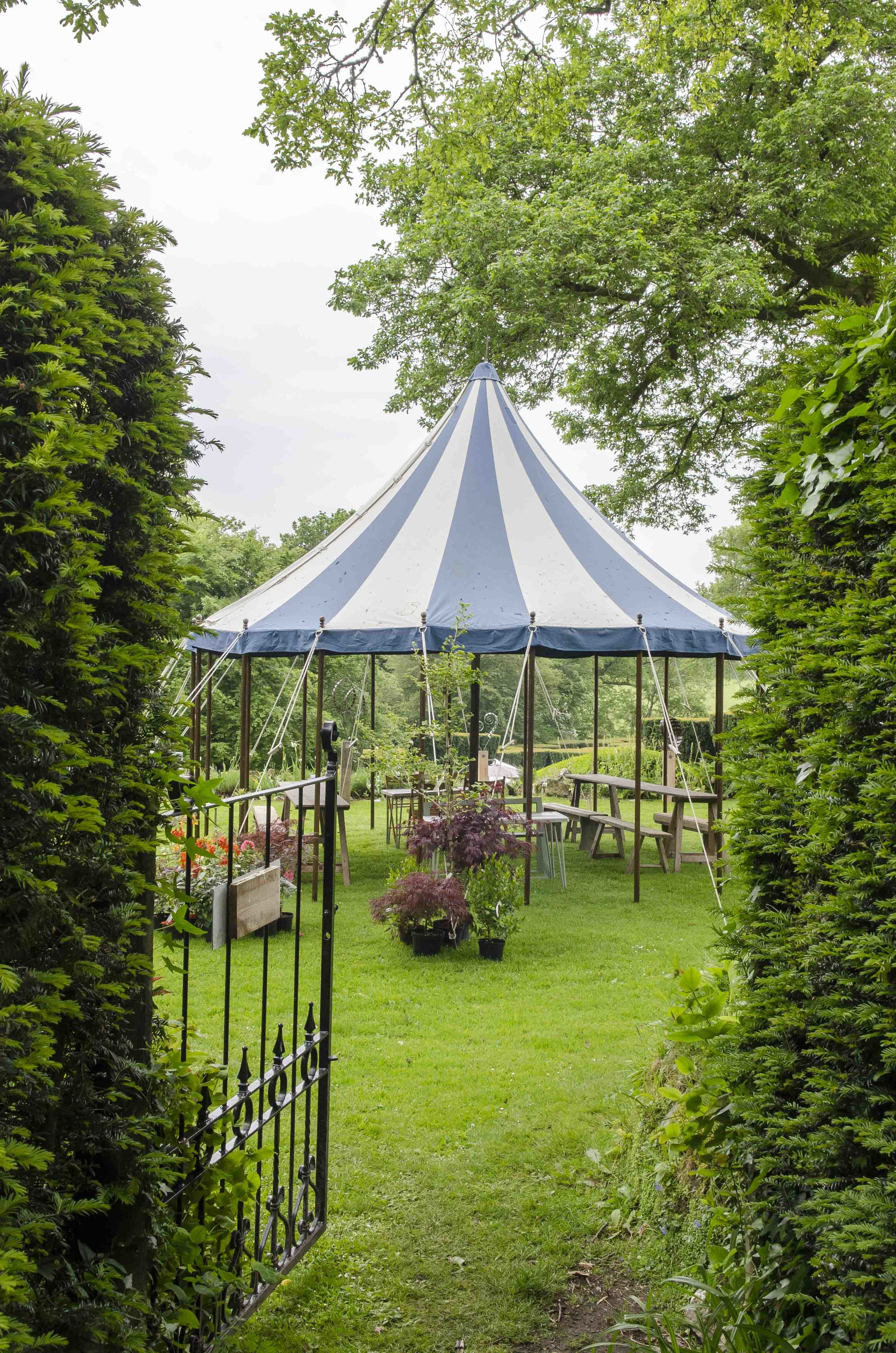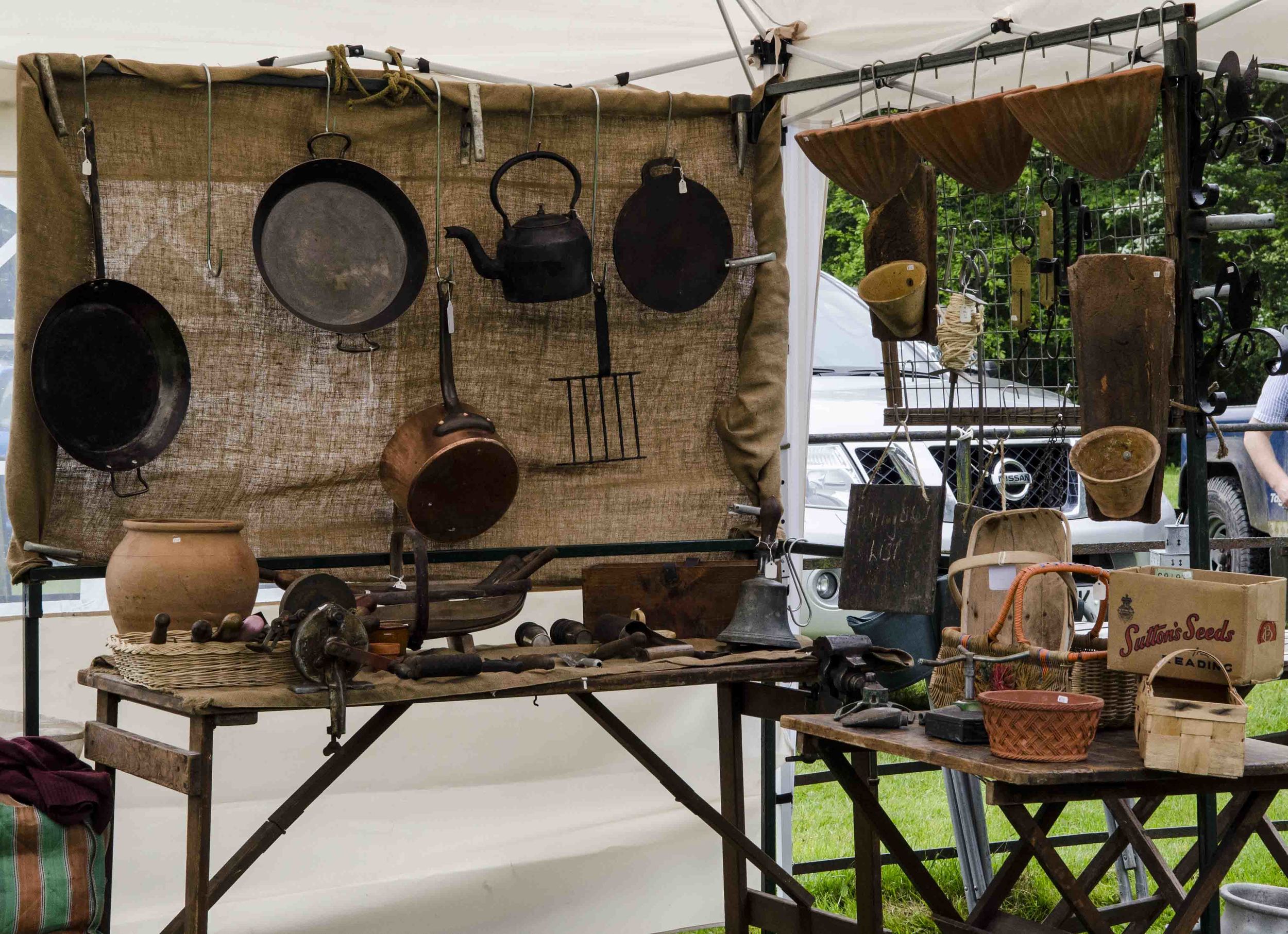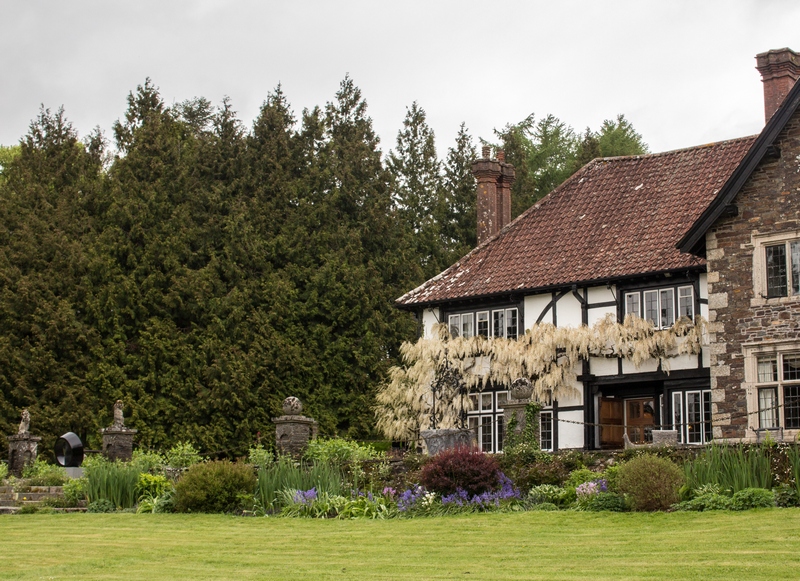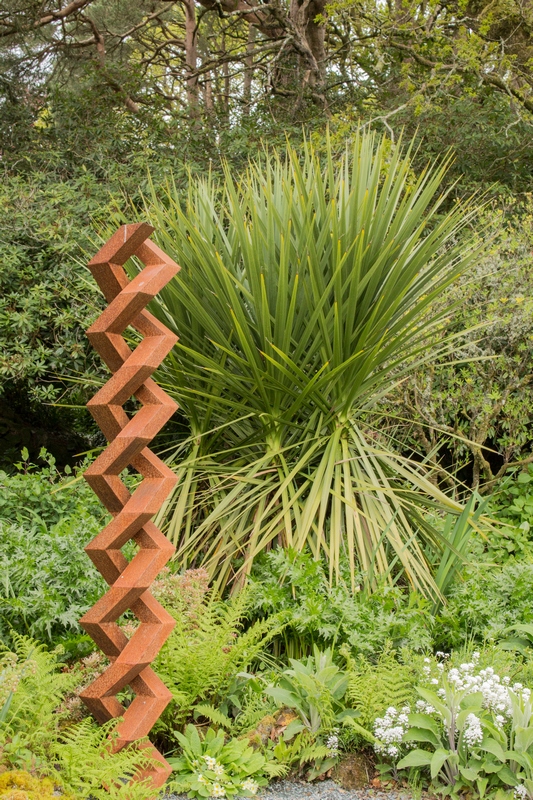A huge and heartfelt thank you to everyone that came along and supported our much loved English Country Garden Festival on 2nd and 3rd of June this year
From the exhibitors and stall holders, to the volunteers and charities including Childrens Hospice South West, our media sponsors, Devon Life, and our hard working in-house team and family - all of whom helped us to put on a great event.
Good old fashioned community spirit was flying high throughout the weekend, and I am thrilled to share that the English Country Garden Festival 2018 was a terrific success.
Visitors numbers were up significantly this year, with over 2,500 people through the gates.
The weather was most kind, our marketing activity made a real impact, and our exciting rebranding was very well received - everyone loved to see Jasper stealing the show on our new event logo designed by Laura of Mingo Mingo Studio.
Lorna and I continue to pay particular attention to the selection of high quality exhibitors, and our visitors remain delighted by what they find when they come along.
It is incredibly important to us that the festival provides a special, memorable, vibrant, high quality experience throughout - with a growing number of repeat visitors year on year, so we always aim to have a 30% range of new exhibitors to the Festival each year.
Our mission is to keep the Garden Festival fresh, interesting and supportive of local enterprise as the event celebrates some of the regions best independent producers, arts, crafts, and growers.
Our return visitor numbers are growing in our 7th year of the festival - and we're told how much they love the event from it's location, to the stalls, the atmosphere and the food. Several have even declared it a calendar highlight for them, and the word is spreading, so we will continue with our quest to deliver an event that ticks the boxes and is thoroughly enjoyed by all.
The media support we enjoy from Devon Life and Cornwall Life magazines is greatly appreciated - did you see our two page editorial feature together with an exclusive 2 for 1 voucher this year? Our thanks to Andy Cooper and Catherine Courtenay particularly for the editorial and social media support they kindly provide.
This year for the first time, we introduced the ‘return for free on Sunday’ incentive, which proved a remarkable success, as not only did many visitors enjoy a second day for the price of one, but in most cases they returned with a family member of a group of friends. We shall look to offer a similar scenario for next year, so watch this space.
The English Country Garden Festival 2019 will be held on 1st and 2nd June 2019.
And we are already plotting and planning new ideas, recruiting new exhibitors and stall holders, as well as inviting our visitor favourites back for another year.
Would you like to exhibit your wares and join us in 2019?
Our pitch fees are extremely reasonable, so if you or anyone you know would like to apply for an information pack, do get in touch by emailing lorna@coombetrenchard.co.uk
We couldn't create such a wonderful event without each and everyone mentioned above, and we truly appreciate and value your comments, feedback, ideas. We also love to see your images too.
Did you come along this year?
We'd love to hear from you if you did, and we look forward to welcoming you back in 2019.
Kind words go a long way to help us here at Coombe Trenchard, so if you could take a moment to leave a Google review on us, we would be so very grateful. Leave a review.
Or if you'd like to share your thoughts and images with us direct, do always feel free to email us. My thanks to those who have already been in touch to say how much you enjoyed this years show, and for the comments on our facebook page too.
To learn that so many of you love Coombe Trenchard almost as much as we do, quite simply makes the hard work worth it.
Wishing you a wonderful summer, and I look forward to sharing more of what we have in store for next years festival with you soon.
Sarah x
